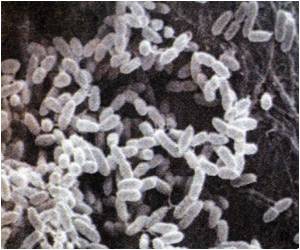By using a new approach while experimenting on mice and rats, scientists have managed to both prevent the development of type II diabetes and reverse the progression of established disease.

The findings, which have been described as a breakthrough in diabetes research, are the result of a joint effort by Karolinska Institutet, the Ludwig Institute for Cancer Research and the Australian biopharmaceutical company CSL Limited, amongst others.
"It's a great feeling to present these results," said Professor Ulf Eriksson of the Department of Medical Biochemistry and Biophysics at Karolinska Institutet.
"We discovered VEGF-B back in 1995, and since then the VEGF-B project has been a lengthy sojourn in the wilderness, but now we're making one important discovery after the other. In this present study we've shown that VEGF-B inhibition can be used to prevent and treat type II diabetes, and that this can be done with a drug candidate," Prof Eriksson stated.
Type II diabetes is normally preceded by insulin resistance caused by obesity. When this happens, the cells no longer respond sufficiently to insulin, which leads to elevated levels of blood sugar. Insulin resistance is related to the storage of fat in the 'wrong' places, such as the muscles, blood vessels and heart, although exactly how this relationship works is not fully known.
What scientists do know, however, is that the VEGF-B protein affects the transport and storage of fat in body tissue. This was discovered by Professor Ulf Eriksson's research group in a study published in Nature in 2010.
Advertisement
In one study, mice bred to spontaneously develop diabetes were given a drug candidate called 2H10, which is an antibody that blocks the effect of VEGF-B. The mice subsequently developed neither insulin resistance, nor diabetes. The team also crossed the diabetes strain of mice with one that lacked the ability to produce VEGF-B, and found that the offspring were protected from developing the disease.
Advertisement
"The results we present in this study represent a major breakthrough and an entirely new principle for the prevention and treatment of type II diabetes," said Professor Ake Sjoholm, consultant in diabetology at Stockholm South General Hospital.
The drug candidate used in the study, 2H10, is a monoclonal antibody and is being developed by the biopharmaceutical company CSL Limited.
The study has been published in the prestigious scientific journal Nature.
Source-ANI















